Understanding How Stock Buybacks Influence Corporate Growth
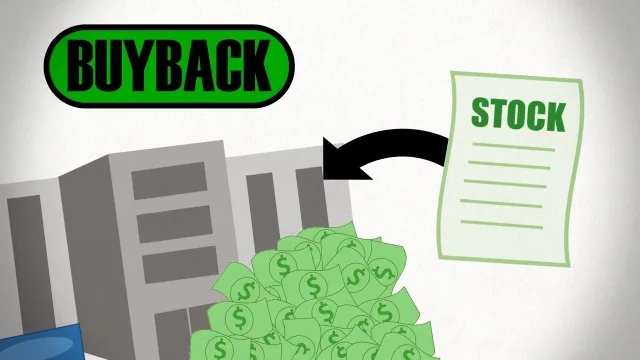
February 28, 2025
Stock buybacks, also known as share repurchases, have become a central financial strategy for U.S. corporations. By repurchasing their own shares from the market, companies reduce the number of outstanding shares, often boosting stock prices. While buybacks can increase shareholder value, concerns have risen over their impact on corporate investments, wages, and long-term economic growth.
Why Do Companies Engage in Stock Buybacks?Stock buybacks are often implemented for several reasons:
Over the past decade, stock buybacks have surged across various industries. In alone, S&P companies spent over $billion on share repurchases, a figure expected to grow in 2025. The trend has been driven by corporate tax cuts, favorable interest rates, and strong earnings performance.
Impact on Corporate InvestmentsWhile stock buybacks provide short-term gains, their long-term economic effects remain debated.
Positive Effects: Enhanced Shareholder Value: Investors benefit from higher stock prices and improved financial performance. Efficient Capital Allocation: Companies can focus on core growth areas instead of holding excess cash. Flexibility: Unlike dividends, buybacks are discretionary and can be adjusted based on market conditions.
Negative Effects: ❌ Reduced Capital for Innovation: Critics argue that companies prioritize buybacks over research and development (R&D), limiting future growth. ❌ Lower Employee Compensation: Some suggest that funds used for buybacks could instead be directed toward wage increases or hiring. ❌ Economic Inequality: Buybacks tend to benefit institutional investors and executives rather than the broader economy.
Regulatory Scrutiny and Policy ChangesAmid growing concerns, lawmakers have proposed new regulations on stock buybacks. In 2023, the Inflation Reduction Act introduced a 1% tax on stock repurchases, aiming to curb excessive buybacks and encourage corporate reinvestment. Further policy changes in may include stricter reporting requirements and incentives for companies to allocate funds toward innovation and job creation.
The Future of Stock Buybacks in the U.S.As economic conditions evolve, corporations will need to balance buybacks with strategic investments. While repurchases will likely remain a key financial tool, increasing scrutiny may push companies toward greater investment in technology, infrastructure, and workforce development.

U.S. Investment Policies: Key Trends and Effects on Markets
Explore how U.S. investment policies shape financial markets, economic growth, and business strategies, offering both opportunities and challenges for investors

U.S. Investment Policies and Their Role in Business Development
Explore how U.S. investment policies influence business growth, offering opportunities and challenges for industries. Understand the key regulations and strategies driving economic expansion

U.S. Investment Policy Reforms: Shaping the Future of Business
Explore the key investment policy reforms in the U.S. economy that are reshaping business strategies, influencing markets, and creating new opportunities for investors
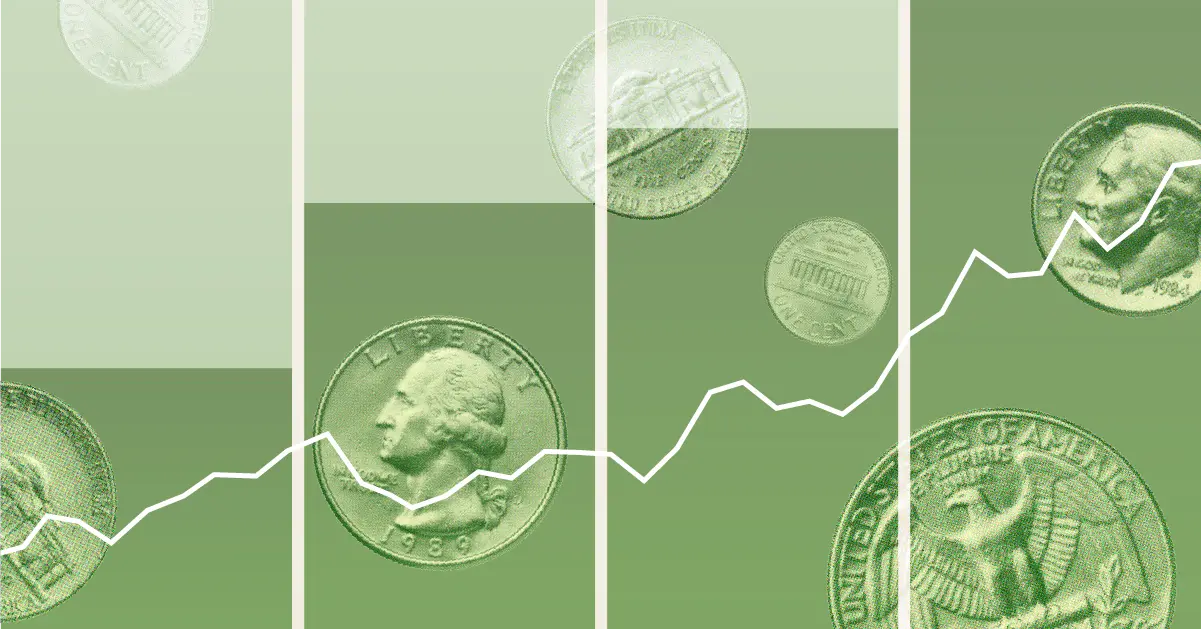
A Comprehensive Look at U.S. Investment Policy Shifts in 2025
In 2025, U.S. investment policies have undergone significant transformations. Discover how these reforms are impacting industries, investment strategies, and economic growth

Analyzing the Impact of U.S. Investment Policies on Investment Strategies
Explore how evolving U.S. investment policies create new opportunities and risks for investors. Learn how changes in tax, trade, and financial regulations affect investment strategies
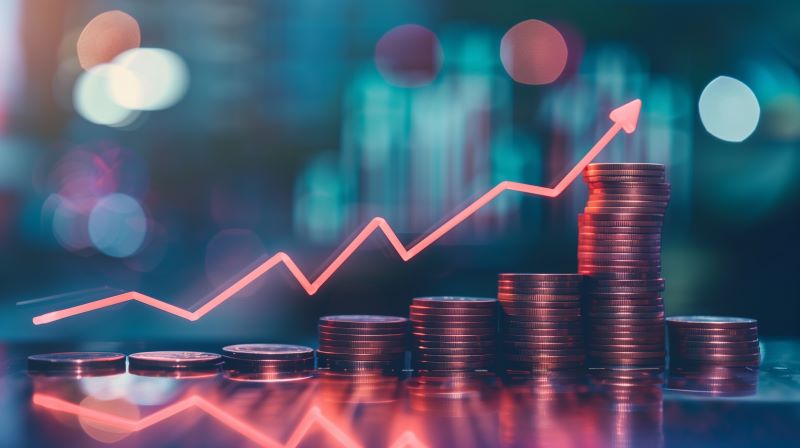
A Look Ahead: U.S. Investment Policies and Financial Market Trends
As the U.S. economy evolves, so do its investment policies and financial markets. Discover what the future holds for investors as we explore trends, innovations, and challenges in U.S. investment strategies

A Guide to Understanding U.S. Investment Policies for Business Growth
Explore how U.S. investment policies impact business success. Learn how to navigate key regulations, tax incentives, and funding opportunities to maximize growth potential
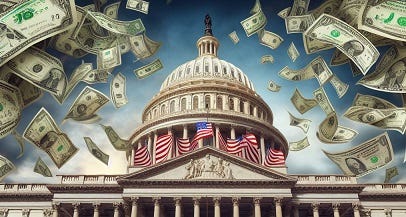
How U.S. Government Policies Influence Investment Approaches
The U.S. government plays a key role in shaping investment strategies through regulatory frameworks, fiscal policies, and incentives. Explore how these factors impact business decisions and investment trends
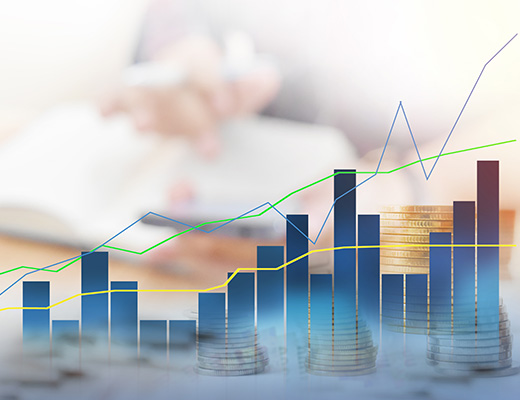
U.S. Investment Policies and Global Impact
U.S. investment policies are reshaping global markets, influencing trade, foreign investments, and economic stability. This article explores the implications for international businesses and investors
The Atlantic Daily
Get our guide to the day’s biggest news and ideas, delivered to your inbox every weekday and Sunday mornings. See more newsletters
.webp)
Ideas That Matter
Subscribe and support more than 160 years of independent journalism.
Subscribe